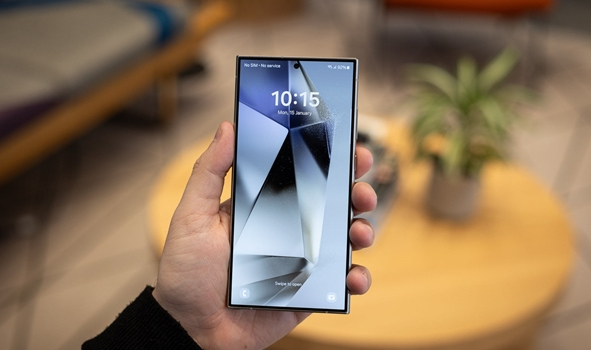
Time:2024-08-02Reading:1078Second
On August 26th, according to media reports, Samsung is developing OLED displays without polarizing film, which consume less than half of the power of current mobile phone screens.
Once this groundbreaking screen technology is implemented, we will see thinner and lighter smartphones with significantly improved battery life, and foldable screen models will also benefit from this technology.
It is reported that non polarizing OLED adopts a screen stack structure that can block external light reflection, which can replace the core material of the display screen - polarizing film.
When the ambient light is strong, the display effect and contrast of OLED screens will significantly decrease under the action of reflected light, making it difficult to see the screen clearly.
Therefore, OLED screens require polarizing film to block reflected light, but at the same time, some of the light emitted by the OLED screen has to be blocked by it, resulting in the polarizing film reducing the screen's transmittance.
Non polarizing OLED aims to reduce the driving current of the OLED screen while maintaining the same viewing brightness, thereby lowering power consumption and extending the lifespan of the OLED screen.





